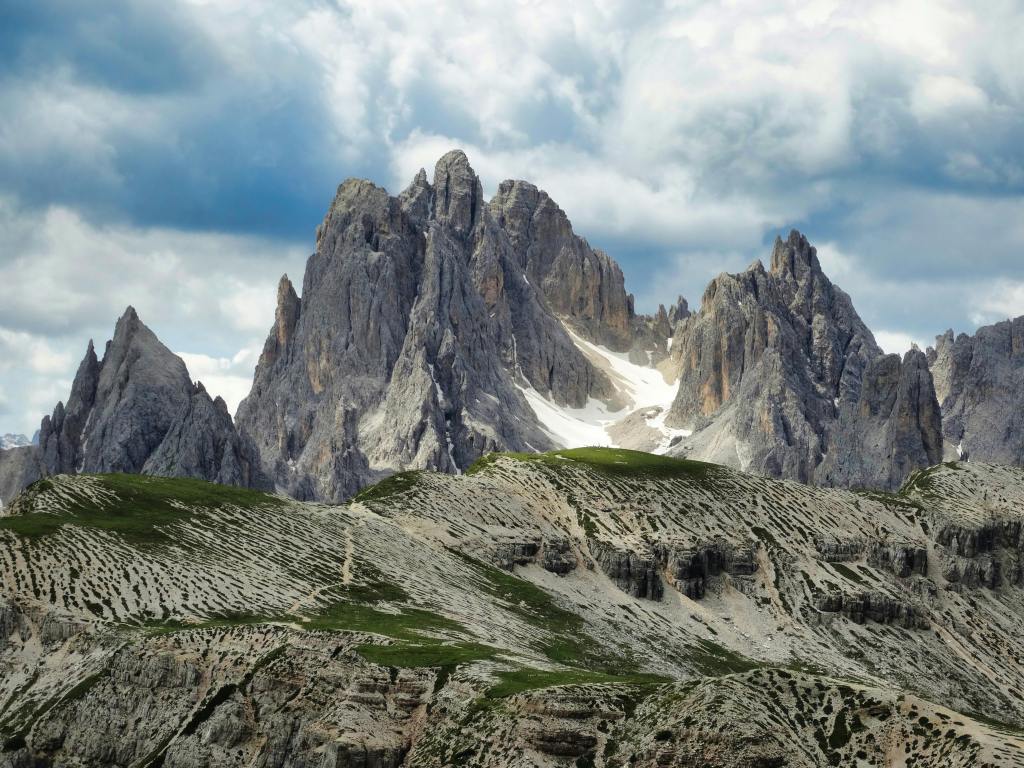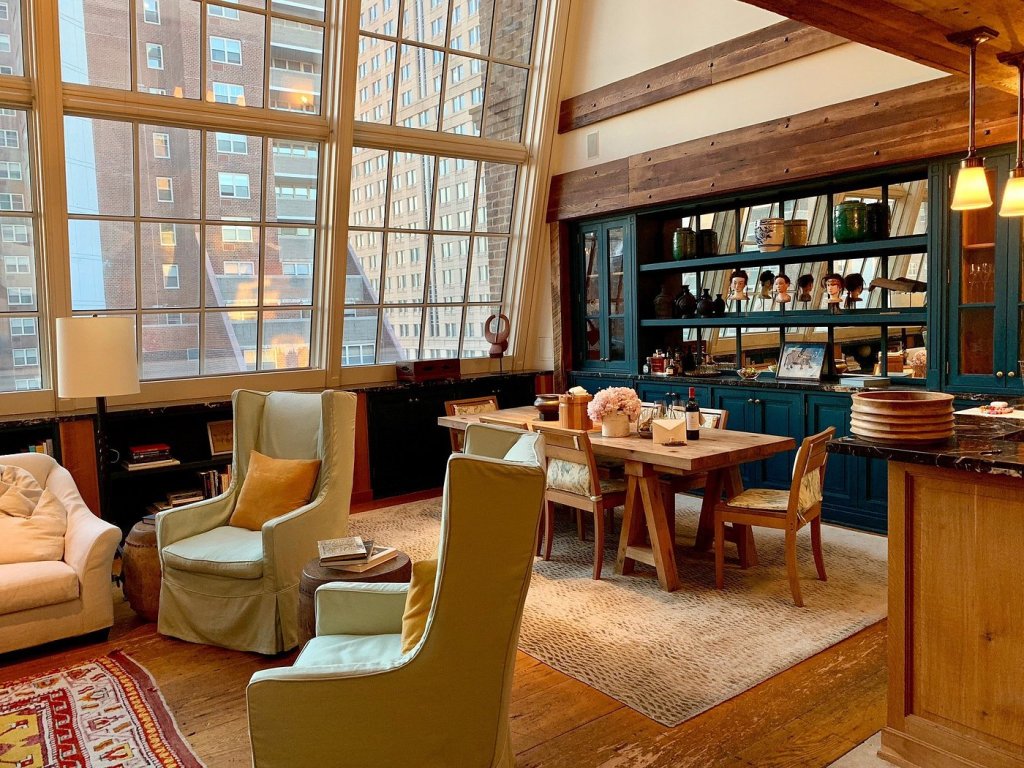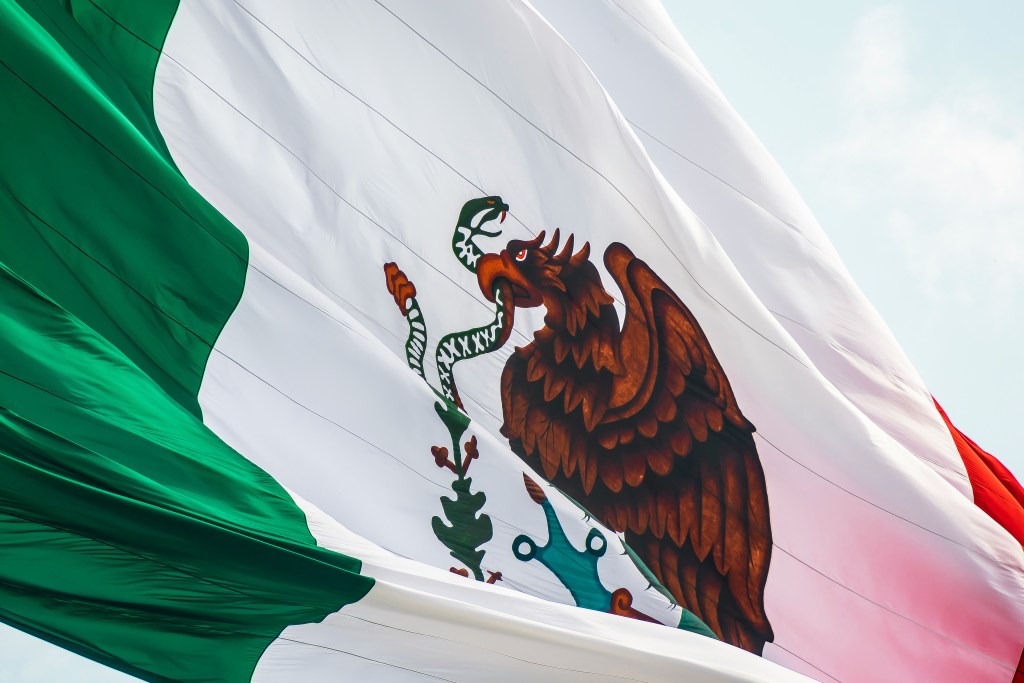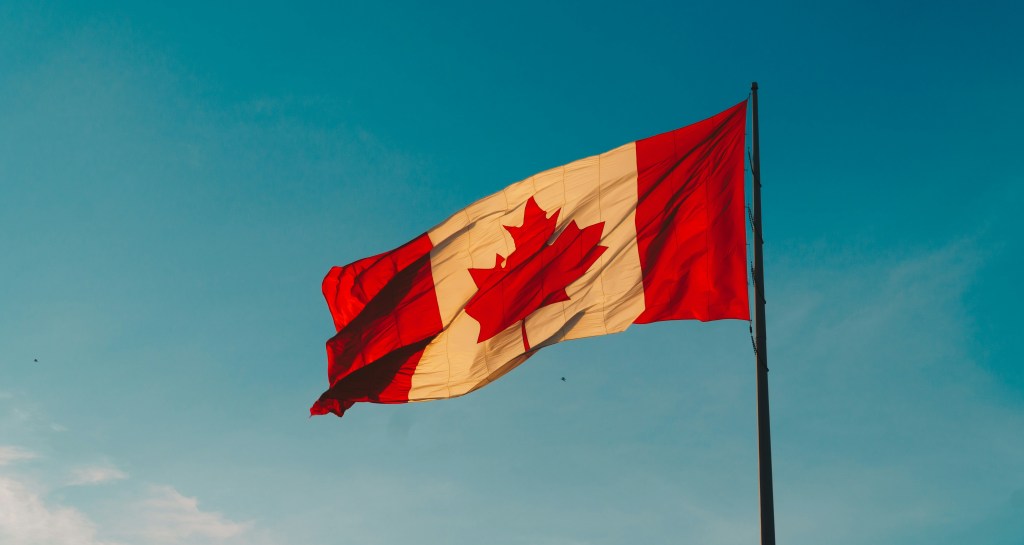Post-pandemic, many tourists showed heightened interest in the outdoors.
After facing periods of monotony during the lockdown, millions in the US took off to explore its many national parks. Many campsites are finally open for reservations again after being booked for years solid.
But it seems Americans are still interested in getting outdoors—even abroad.
The trend makes sense. Spending time in nature has been scientifically proven to calm adventurers down and help them regulate their nervous and endocrine systems.
On top of that, exploring nature lets travelers get up close and personal with new parts of the world. In other words, it’s a way to explore the culture and identity of our destination.
And who would argue that traveling to beautiful parks can open our minds to the power and wonders of Mother Nature?
Whether or not you’re a tree-hugger, you’ve likely been moved by some type of experience in the great outdoors. Maybe you’re thinking back to a 360-degree view from a mountaintop, a particularly colorful coral reef, or a stunning rock formation.
And maybe you’re thinking about some of our world’s crazier natural wonders.
After all, not all of Mother Nature’s creations will give you a warm and fuzzy feeling. Some might simply have you standing in place with your jaw dropped.
If you’re on the hunt for some unreal and stunning natural wonders, then start with the landmarks listed below. They look like they were pulled from alien planets.
Fly Geyser, Nevada
I’m starting out with a smaller and more reachable alien wonder: Fly Geyser, located just outside Gerlach, Nevada.
This spectacle isn’t nearly as vast as the others on this list—but it’s delightfully weird, largely unknown, and the result of a man-made well.
This cone-top geyser sits amid a tiny oasis in a broader desert. Back in 2018, the Burning Man Project (which owns the land on which the geyser sits) began opening it to the public. If you’re passing through Reno or nearby Gerlach, schedule a trip.
You can get up close to the thermophilic algae that give this geyser its bright coloring.

Dolomites, Italy
The Dolomites are a portion of the Italian Alps composed of jutting limestone mountains. They’re pale gray beauties that seem to rise out of nowhere.
Unsurprisingly, they’re a popular destination for those visiting northern Italy, especially during the winter months. But some stretches of the Dolomites offer a lot more than a scenic and snowy backdrop for snowboarding trips.
Tre Cinme di Lavaredo looks like a vista from an alien planet, while the Torri del Vajolet rises like towers made of limestone. When you head into the valleys, you’ll be surrounded on all sides by strange mountains that don’t quite look like any others on this planet.
Lake Natron, Tanzania
Tanzania is one of the world’s top safari hotspots—but you can do more than spot rhinos and giraffes near the Eastern Rift.
Lake Natron is an alkaline lake that’s popular with visitors thanks to its bright red color.
Though it’s rumored to turn animals into stone thanks to its high salt content, that’s not quite what happens. However, the lake is absolutely poisonous and inhospitable to most lifeforms thanks to its unique biology.
But there are a few notable exceptions.
The most famous are flamingos. These munch on the same algae that turns Lake Natron red seasonally. This gives the flamingoes their distinct and bright pink coloring. In fact, it’s the only breeding place for the Lesser Flamingo species.

Moon Valley, Chile (Valle de la Luna)
Similar to the Dolomites, Chile’s Moon Valley will fool you into thinking you’ve ended up on an alien planet. The rocky landscape is colorful but desolate, located inside the Atacama Desert.
Its salt deposits tend to glow brightly in the sunlight, creating a strange and illusory atmosphere.
Tourists heading to Chile are in luck.
This is a hotspot for hiking groups, meaning you can easily explore Moon Valley with a guide. Along with hiking, it’s a popular spot for photography, stargazing, and wildlife spotting. Like Lake Natron, Moon Valley is favored by flamingoes. (Are we onto something here?)

Vatnajökull, Iceland
This national park is home to some of the most accessible glaciers in the world. In fact, Vatnajökull is home to Iceland’s largest ice cap, which covers around 10% of the country. Visitors can hike across acres to explore its glowing, electric-blue face.
As you wander through the park, you’ll be able to see dozens of variations on the ice cap. In other words, you can explore archways of glacial ice, pale and icy ravines that plunge into the earth, and similarly stunning blue-ice spectacles.














